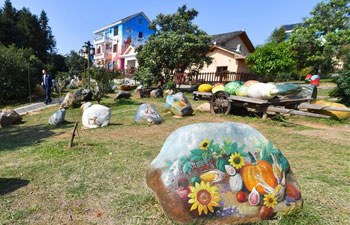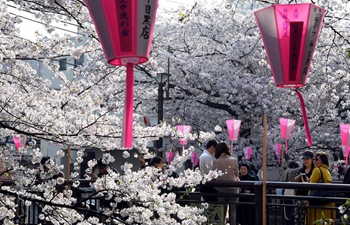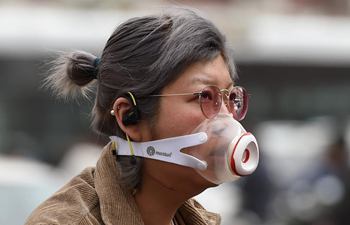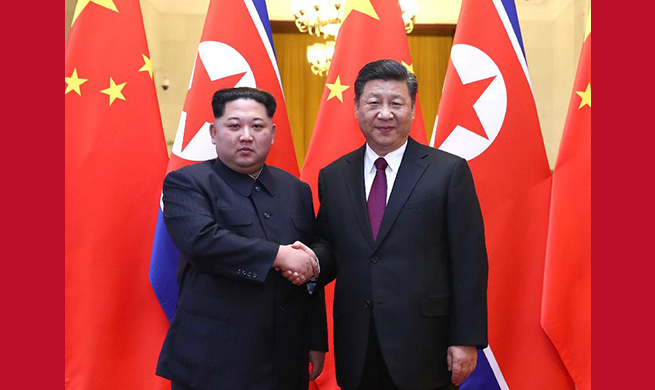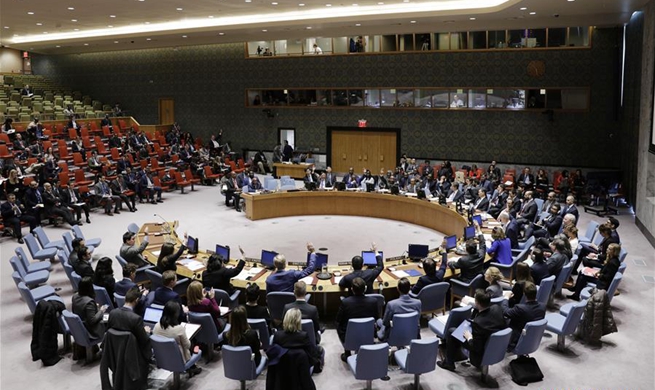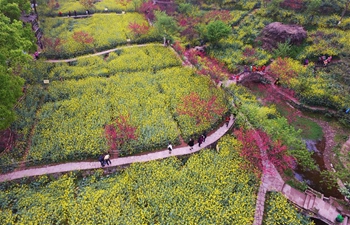XINING, March 27 (Xinhua) -- At 2:30 p.m., Tashi Tso from Qinghai Tibetan Hospital put on a pair of disposable gloves and began to take samples of a batch of newly arrived Tibetan medicines.
"The samples will first be sent to experts for visual inspection, and then for bio-chemical testing. We combine traditional methods with modern technology to ensure the quality of the medicine," Tashi Tso said.
Tibetan medicine, known as Sowa Rigpa in Tibetan, is over 2,000 years old. It has absorbed influences from traditional Chinese, Indian, and Arabic medicine.
It is mainly practiced in Tibet Autonomous Regions and the Himalayas. Similar to traditional Chinese medicine and in sharp contrast to Western medicine, it uses herbs, minerals and sometimes insects and animals to treat afflictions. It is particularly well known for its digestive, cardiovascular, and rheumatoid treatments.
As most traditional Tibetan medicines are hand-picked by Tibetan doctors, the pills are often different in weight and water content. Today, the manufacturing process is being transformed from old manual workshops to new scientific and standardized methods.
"For example, in the old days, Liu Wei Xiao Yao San, a medicine for digestive treatments, was packed in paper bags, which did not preserve it well. Now there is a production line to automatically produce and pack the medicine," Tashi Tso said.
Qinghai Tibetan Hospital produces 368 types of Tibetan medicine with an annual output of 200 tonnes. There are currently 29 Tibetan medicine production bases across the province which can produce 1,042 types of medicine.
To accelerate the development of traditional medicine, China has been increasing investment to build more standardized manufacturing factories to combine the traditional medicine with modern technology.
In Qinghai alone, some 15 companies produce 160 types of Tibetan medicine. In 2016, the total industrial output value of these companies reached 2.3 billion yuan (about 366 million U.S.dollars).
Meanwhile, research institutes are also burgeoning in west China's Tibet, Qinghai, and Gansu.
A lab under the Qinghai Institute of Tibetan Medicine is researching the effects of the mineral elements of the medicine.
Tibetan medicine was added to China's intangible cultural heritage list in 2006. The ancient practice has also won the support of the World Health Organization.
"The only way for the traditional medicine to gain prominence outside the Qinghai-Tibet Plateau is to combine it with modern science," said Doje, dean of the Qinghai Institute of Tibetan Medicine.




